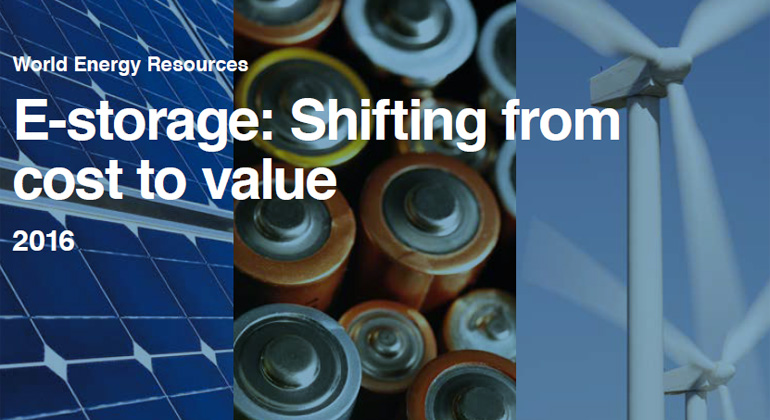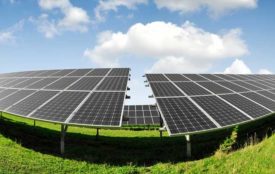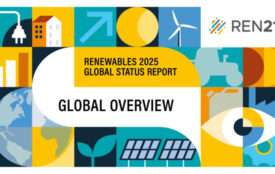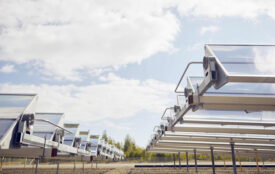World Energy Council: Bright future for energy storage
“The costs have already come down, but will have to fall further for a much broader roll-out and use in household and E-mobility.”
A narrow focus on cost alone may be leading to misconceptions about the real value of energy storage according to a new report by the World Energy Council ‘E-storage – shifting from cost to value’. The report, which focusses on solar and wind applications, says that the focus only on investment costs is leading to the perception that energy storage is more expensive than it actually is because it ignores the system value of stored energy.
The report is calling for the true value of energy storage to be recognised by taking into account both its cost and revenue benefits. It looks at a number of storage costings across the technology spectrum to conclude that the widely used levelised cost of energy methodology is hindering the progress of energy storage. The analysis identifies “double trouble” problems with the methodology, namely arbitrariness which does not allow for differences in application cases, and incompleteness as only limited account of revenue is taken.
Christoph Frei, Secretary General of the World Energy Council, said: “Energy storage is a critical catalyst of the energy transition whose benefits are still undervalued. The costs have already come down, but will have to fall further for a much broader roll-out and use in household and e-mobility. The investment community has good reason to be excited about the innovation and business models that will emerge from new opportunities.
The report also estimates that with the many new technologies in the pipeline, storage costs of energy will fall by as much as 70% over the next 15 years. Solar storage will become more competitive as new battery technology drives prices down, and wind storage more attractive as technical advances in areas such as composite materials enables the power generated by wind turbines to increase. While batteries are currently too expensive for large-scale use, improving technology is cutting costs, which means storage systems could replace some plants and avoid the need for new ones, as well as reduce demand for oil.
In order to create the right policy environment that will unlock the potential of energy storage and capitalise on its true cost and value benefits, the report makes five recommendations to policymakers:
- Go beyond just costs – cheapest is not always best
- Examine storage through holistic case studies – generic cost estimates are not sufficient
- Work with operators and regulators to accelerate the development of flexible markets – often the full value of flexibility is not sufficiently recognised and monetised
- Establish supporting policies and an enabling regulatory framework to facilitate further commercial deployment of storage technologies
- Consider storage as a key component for grid expansion or extension
However, the report warns that the value of stored energy needs to be assessed on a case by case basis because revenue streams will vary over time and between countries as they are dependent on the market, policy regime and variability of competing resources.
Christoph Frei, added: “To take full advantage of the growing wind and solar electricity shares, policymakers must review electricity market design so to incentivise the build-up of storage capacity and ensure reliable and affordable electricity supply.”
The World Energy Council report ‘E-storage – shifting from cost to value’ is the work of 23 leading industry and academic experts from across the world who are in the World Energy Council Storage Knowledge Network. The lead author is DNV GL with PwC making a significant contribution towards the cost analysis.
The Storage Knowledge Network is one of 15 Knowledge Networks in the World Energy Council who will all be preparing reports for the World Energy Resources flagship study which will be presented at the 23rd World Energy Congress in Istanbul, Turkey in October 2016.








